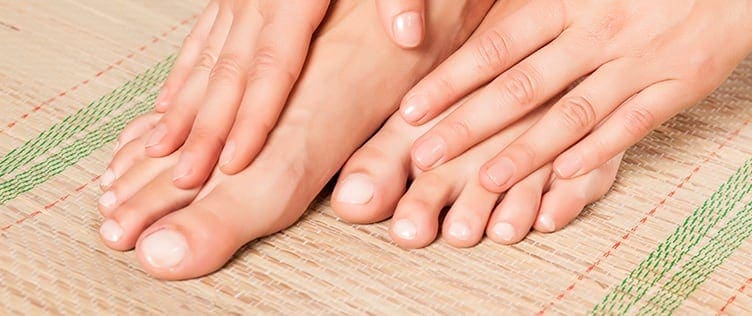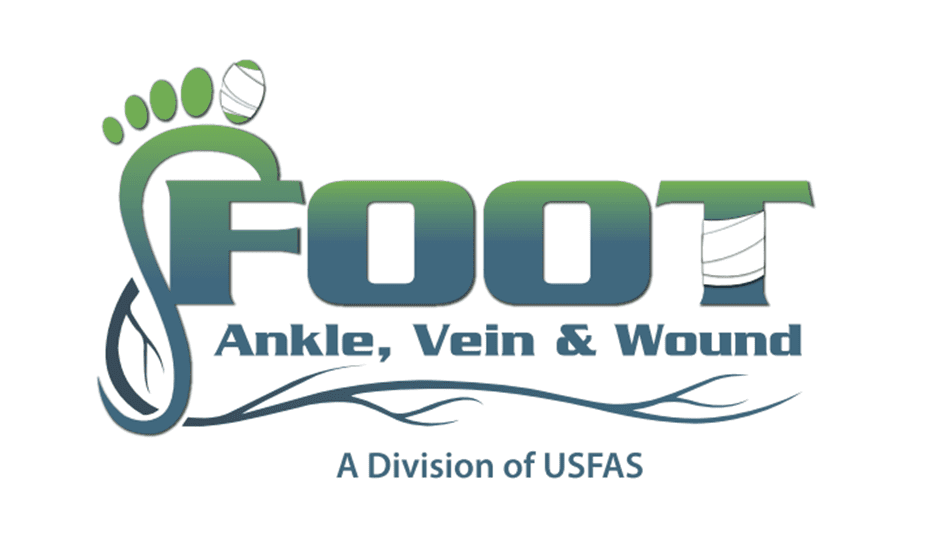
When not attended to, a minuscule, annoying problem can quickly turn into a persistent medical issue that requires attention. An ingrown toenail can happen to just about anyone, no matter what your habits are—whether you’re an elite athlete or if you simply work long hours during the day on your feet.
Especially with the way your toenails grow, you are susceptible to getting an ingrown toenail—which is when the edge or the point of your toenail will curve unnaturally—piercing through and growing directly into the skin.
An ingrown toenail can be caused by a ton of different things—and can lead to multiple types of symptoms, from redness to swelling to pain.The toe that is most likely to get affected is the big toenail.
In this article, we’re going to go through not only the causes of why you may have an ingrown toenail but also possible remedies for ingrown toenails (whether at-home or through your doctor) that can help any symptoms of an ingrown toenail.
Common Causes
The ingrown toenail, called onychocryptus, normally happens when the skin will go over the bed of the toenail.
Once the hard part of your nail breaks through and penetrates your skin, this can lead to infections and an invasion in bacteria. This can results in various health issues, as well.
Although the direct cause of your ingrown toenail is not limited to those listed below, these are some common causes that might have lead to the pain or discomfort that you’re experiencing at the moment:
- If you’ve hit your toenail by stubbing your toe or getting it kicked
- If you’re constantly wearing too-tight or too-small shoes
- If you’ve cut your toenails too short or at an angle and they‘re now growing abnormally
Although catching an ingrown toenail early can be quite simple and painless to resolve and treat, leaving an ingrown nail unattended to may even lead to a necessary surgery or medical intervention. Some other causes of ingrown toenails also include poor foot hygiene. Patients who have diabetes or nerve damage from the result of circulatory diseases can be much more susceptible to ingrown toenails—and can be potentially dangerous because of the reduction in blood flow, which slows down the healing process.
At-Home Remedies for Ingrown Toenails
Before you head to the doctor and add some expenses to your medical bills, you might want to try some at-home remedies for ingrown toenails:
-
Soak your feet in warm water or apple cider vinegar.
Not only is this quite calming and relaxing, giving your feet a 15 to 20-minute soak in a warm bath—even as often as three or four times a day—can help reduce the swelling in your toe and relieve any pain you may be feeling.
The apple cider vinegar has antiseptic, anti-inflammatory, and pain-relieving properties that have been proven scientifically to work. If you choose to try to soak your feet, make sure that you dry your feet thoroughly afterward to make sure that the infection is cleaned and can heal properly.
-
Take over-the-counter helpers.
From antibiotic cream to pill pain relievers, these helpful, easy-to-get remedies ingrown toenails can be your method to helping you get rid of the infection and any pain you may have associated with it. Some over-the-counter creams can be effective ointments like Neosporin, Polysporin, and Bactroban. If you’re using an ointment, make sure you‘ve bandaged or covered it well after application to help the ointment remain on the affected area.
As for pain relievers, any OTC medication will do—from Ibuprofen to Advil.
-
Check your footwear.
Although you might not have a way around it with your job or work-wear, choosing sensible footwear that is open-toed or is big enough for your toes (especially your big one) to move around in is an easy way to help your toe begin to heal.
Especially if your infection is healing, it’s important to try and keep your feet (especially you‘re infected toenail) as dry as possible. This can speed up the healing process. This tip can also be quite helpful when you‘re trying to prevent another ingrown toenail from happening in the future.
Medical Treatment which are alternatives to the Remedies for Ingrown Toenails
If any of the home remedies listed above are not as effective as you’ve hoped, your doctor may recommend some of these medically-administered treatment options:
- Lifting the nail and placing dental floss, a splint or cotton underneath. This helps keep the separation and encourages the nail to grow over the skin and not through it.
- Removing the nail partially, in a professional setting, can be effective to help with pain, pus, and redness. Your doctor might have to temporarily numb your toe before administering the procedure.
- Fully removing the nail, which may mean that you have to undergo a minor medical surgery.
Before engaging in any practices that may either hurt your toenail even more or hinder its healing, here are some “don’ts” to stay away from:
- Don’t wear closed-toe shoes and tight socks to pad over the pain or infection. Letting your toe and toenail breathe while being medically treated can help speed up the healing process as well as prevent any type of infection.
- Don’t try your own bathroom surgery if you have no medical background. Especially if you’re experiencing symptoms like discharge, pus, or infection, this can be particularly harmful. If you do want to try a home remedy to ease the pain, try OTC medication, ointment or a warm-water bath. This can help reduce infection.
- Don’t cut your nails too short, which can increase the exposed skin
We hope that this guide has helped you either recognized the signs of an ingrown toenail and presented you with the options you have (whether at home or in a professional setting) to treat your ingrown toenail. When in doubt, make an appointment with your local podiatrist to have an assessment on your ingrown toenail.

